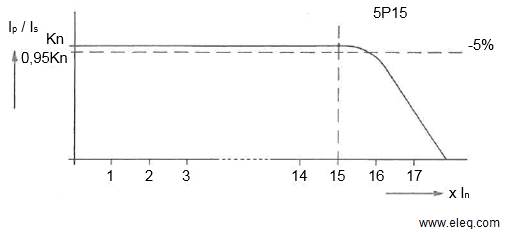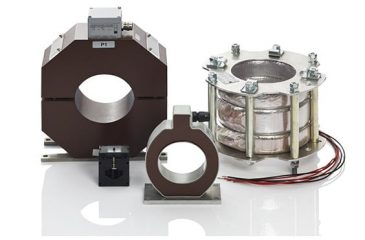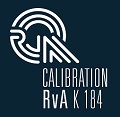Transformers protection
Current transformers for protection can be supplied, in standard design, in class 5P.. or 10P.. The first figure of the accuracy class designation 5P.. or 10P.. defines the maximum value of the composite error in %, to which the transformer must satisfy in the overload area. The letter P means Protection.
The rated accuracy limit factor of the transformer is stated directly after the P of the class designation. There are 5 standard accuracy limit factors: 5, 10, 15, 20 and 30 In. The accuracy class designation 5P15 means, that the composite error (sum of the vectors of current error and phase displacement) in the overload area up to 15 x In will not exceed 5%. This in spite of a beginning saturation of the transformer.

The limits of current error and phase displacement at rated current will not exceed 1% respectively 60 min.
Example: class 10P30
The accuracy class 10P30 means that the composite error will not exceed 10% in the overload area up to 30 x In. The maximum current error at rated current is 3%. The phase displacement is free.
Instrument security current transformers
Generally, the security transformers easily become saturated (e.g. Fs2) when overloaded in order to protect the connected equipment, as ammeters, electronical relays and others, against damage.
However, when ordering the transformer, it is important to choose the rated output of the current transformer not higher than strictly necessary. It is also important, that the rated output of the transformer is fully used when connected to an instrument or other equipment. If not, the transformer will not be saturated and the desired protection of the connected instruments will not be effectuated. If there is no choice, it will be recommendable to compensate the shortage of burden with a resistance box of ELEQ or to lengthen the leads.

 +31 (0)521 533 333
+31 (0)521 533 333






 EN
EN  NL
NL